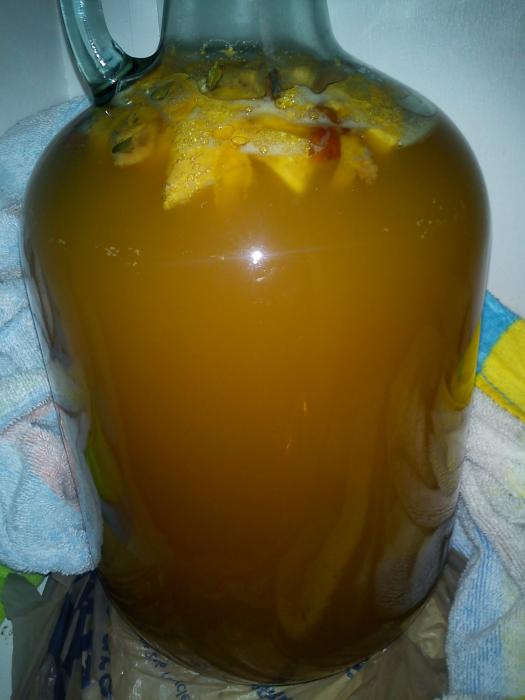Quokimbo said:I am not sure as I just started my first concoction and have not racked anything, but this might help alleviate oxygenation and stirring up the lees while racking. I just got mine in the mail today. - http://www.eckraus.com/1-gallon-siphon-kit.html
It's no as much about the lees, its more about the amount of room the oranges take up on the bottom on the jug. It's probably not a big deal to have only 75-80% but I'm just wondering of people top up or leave it.




















![Craft A Brew - Safale BE-256 Yeast - Fermentis - Belgian Ale Dry Yeast - For Belgian & Strong Ales - Ingredients for Home Brewing - Beer Making Supplies - [3 Pack]](https://m.media-amazon.com/images/I/51bcKEwQmWL._SL500_.jpg)





































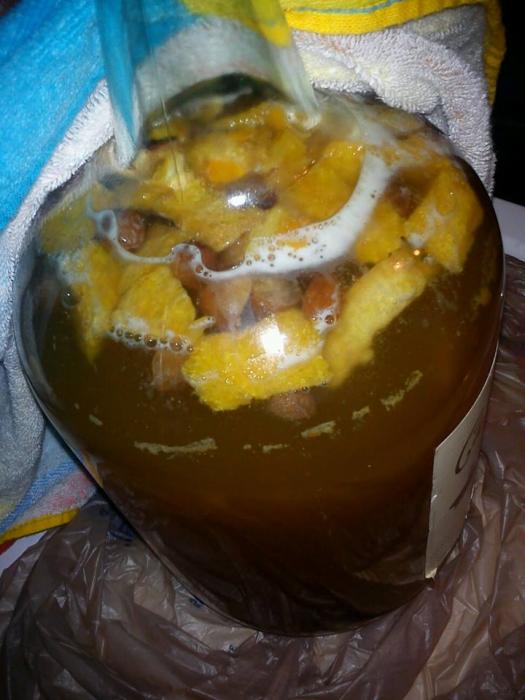
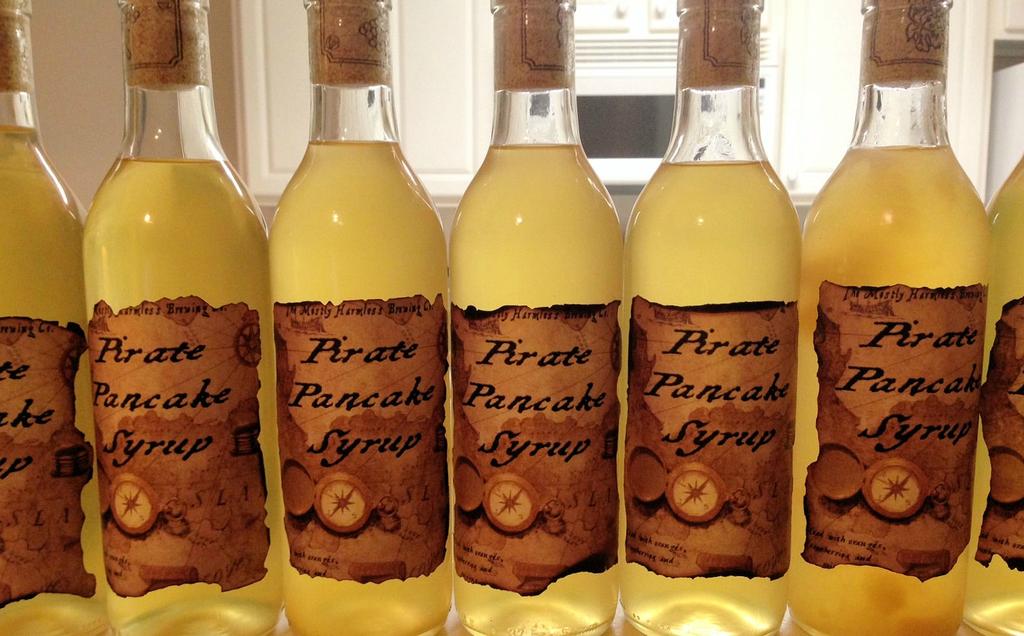
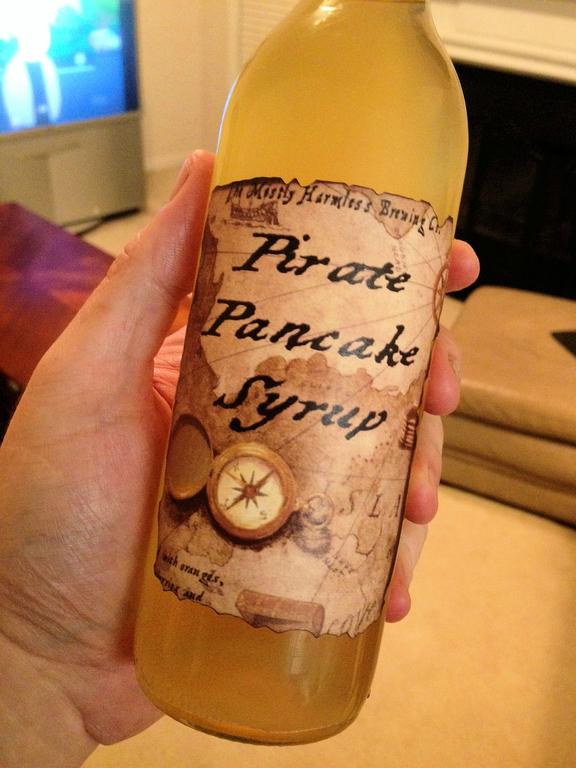
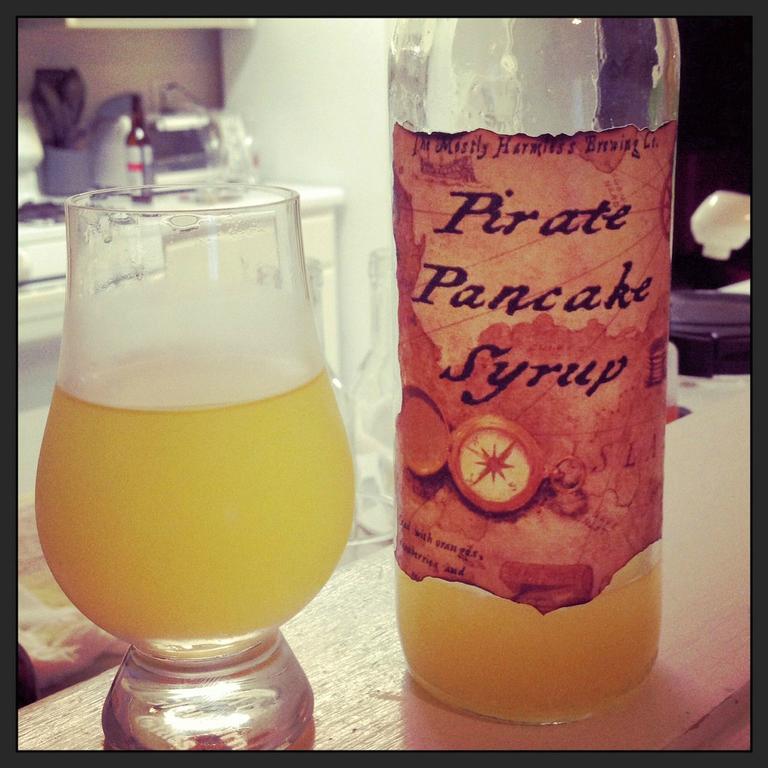
 I love the labels; how do you make them?
I love the labels; how do you make them?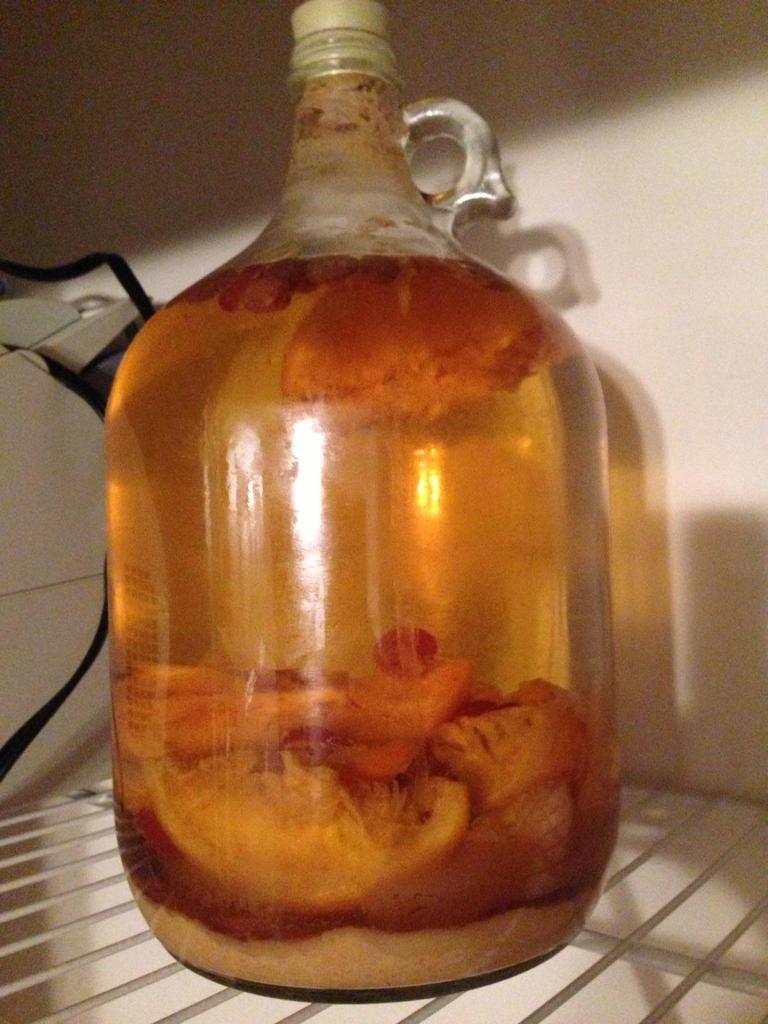
 I may do one or two wine bottles and then rest in beer bottles, I have about 1.5 gal right now so Im hoping to get at least like equivelant of 12-12 oz bottles for volume.
I may do one or two wine bottles and then rest in beer bottles, I have about 1.5 gal right now so Im hoping to get at least like equivelant of 12-12 oz bottles for volume.